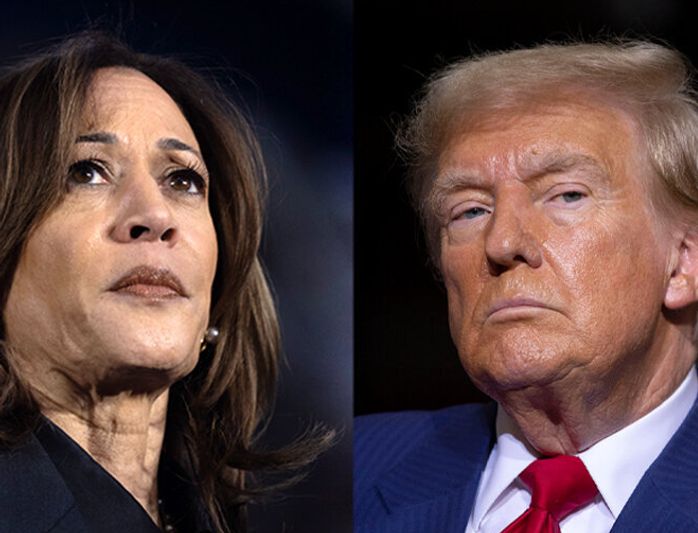In the aftermath of the 2024 election, where Republicans regained control of the White House and both Congressional chambers, two leading political pollsters from opposing parties offered insights for Democrats. John Anzalone, a key pollster for Vice President Kamala Harris and a founding partner of Impact Research, emphasized the need for Democrats to adopt a moderate voice. He underscored the importance of seeking bipartisan collaboration to achieve tangible outcomes, emphasizing that voters are disenchanted with partisanship and are in search of effective governance. Anzalone cautioned against solely positioning the party as a resistance force, urging Democrats to actively pursue alliances on issues where common ground exists with Republicans, especially in a climate where the electorate is fatigued by extremes.
In contrast, Republican pollster Tony Fabrizio advised Democrats to break free from the constraints of their special interest groups, which he believes have led them to alienate broader segments of the electorate. Fabrizio pointed out that during the campaign, Democrats appeared overly concerned about catering to their base, which ultimately undermined their appeal to moderate and undecided voters. He highlighted an example from the campaign—a provocative advertisement that framed Harris as out of touch with mainstream concerns, particularly on issues like transgender rights—illustrating how such messaging was readily harnessed by Republicans to sway public opinion against her. Fabrizio’s observations reflect a wider concern about the disconnect between elite Democratic rhetoric and the sentiments of the general public, particularly in battleground states.
Both pollsters identified economic messaging as pivotal in shaping voter preferences during the election. Anzalone remarked on the effectiveness of Trump’s economic narrative, which was particularly resonant in an environment where cost of living was a longstanding concern for voters. The effectiveness of Trump’s campaign material—broadly appealing to economic fears—further accentuated the Democrats’ failure to articulate their own economic strategy and connect with working-class voters, which some party members attributed to a neglect of these constituencies. The contrasting messaging significantly impacted the Democrats’ performance, as they faced losses in every swing state for the first time in decades, suggesting that failure to adapt to voter priorities can lead to severe electoral consequences.
Discussions among Democrats also indicated a divided perspective on the reasons for Harris’s defeat. Some, including Senator Bernie Sanders, contended that the party abandoned its working-class roots, while others argued the lack of clarity regarding the extent of their electoral losses. Anzalone touched on the idea that Harris’s initial boost following her ascension to the top of the ticket did not sustain amid increased scrutiny of her past rhetoric and positions. The narrative of Harris being the “most liberal candidate” in the 2019 primary resurfaced, leading voters to reassess their support, demonstrating how early momentum can dissipate when faced with effective counter-narratives.
Reflecting on the implications of Biden’s potential candidacy in light of these outcomes, Anzalone raised a poignant hypothesis about the consequences had Biden remained the nominee. He suggested that Democratic losses could have been even wider if Biden had led the ticket, citing potential losses among prominent Senate candidates across key states. This sentiment underscores a prevailing concern among Democratic strategists about the party’s ability to maintain electoral viability in increasingly competitive landscapes. Nevertheless, the analysis revealed that Democratic prospects may not be entirely bleak, as Anzalone asserted that public sentiment could shift substantially in the ensuing years.
Looking ahead, Anzalone articulated a prevailing frustration among voters towards both parties, indicating that public discontent does not equate to an endorsement of Republican policies, but rather a hesitation regarding Democratic choices. He framed the election as a “lesser of two evils” scenario, suggesting that while Democrats faced challenges, there remains potential for recovery by addressing voter concerns through pragmatic governance. The onus is on Democrats to craft a message that resonates with a broader audience, foster collaborative relationships, and extricate themselves from the influences of exclusivity that have characterized their recent strategies. Drawing lessons from the past election, it is vital for the party to realign its approach for future success while remaining cognizant of the diverse perspectives within the electorate.

